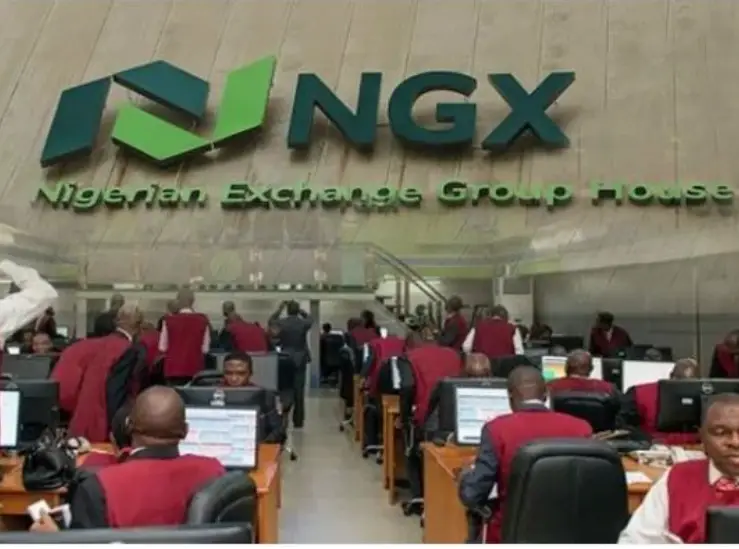The Donald Trump administration is reportedly weighing a substantial reduction in tariffs as the United States prepares for renewed trade negotiations with China this weekend—a strategic move intended to reduce mounting economic pressure and recalibrate bilateral ties.
High-level discussions are scheduled to kick off Saturday in Geneva, with US Treasury Secretary Scott Bessent and Chinese Vice Premier He Lifeng leading the dialogue.
Sources familiar with the talks revealed that Washington may slash some tariffs to under 60%, in a gesture officials hope Beijing might mirror. If both parties reach a consensus, the changes could take effect as early as next week.
Still, insiders cautioned that the meetings are expected to be largely exploratory, intended more for voicing grievances than finalising resolutions. “The situation remains uncertain,” one source said, adding that immediate reductions are not guaranteed.
In addition to tariff discussions, Washington is pushing for China to lift its restrictions on the export of rare earth minerals—crucial components for manufacturing advanced technologies such as magnets.
Progress is also reportedly being made on addressing the US opioid crisis, with potential measures targeting the reduction of Chinese exports of fentanyl precursors.
While the US Treasury Department and Trade Representative Jamieson Greer—who is also attending—declined to provide official statements, White House spokesperson Kush Desai reinforced the administration’s broader policy vision.
“The administration’s goal is to promote President Trump’s ‘America First’ economic agenda,” Desai said, dismissing speculation around exact tariff figures.
READ ALSO: Trump’s Trade War Sparks Flood of ‘Luxury’ Knockoffs from China
At present, US-imposed tariffs on Chinese imports peak at a steep 145%, contributing to higher prices for American consumers and straining trade ties. Even if halved, tariffs would remain historically elevated, posing ongoing challenges.
President Trump struck a confident tone during a Thursday address, signalling optimism about the potential for progress. “You can’t get any higher — it’s at 145%, so we know it’s coming down,” he said.
Commerce Secretary Howard Lutnick echoed the sentiment, suggesting that a tariff rollback could serve as the foundation for more comprehensive trade deals. Global markets appeared to respond positively, with US stocks climbing and Asian indices also reflecting cautious optimism.
China, however, has responded with measured restraint, urging the US to take the lead by dismantling unilateral trade barriers. Senior economist Song Hong in Beijing stated, “If the US reduces tariffs to 60% or lower, China would likely respond in kind.”
Nevertheless, policy experts advise caution. Wendy Cutler, a former US trade negotiator, pointed out that even dramatic cuts wouldn’t undo all the damage. “Even halved tariffs would still be substantially higher than pre-trade war levels,” she noted.
Scott Kennedy from the Center for Strategic and International Studies placed the talks in perspective, describing them as a “constructive small step in a 10,000-mile journey.”
Lingering doubts remain on both sides. While China is eager for a rollback to pre-April 2024 tariff levels, Washington remains sceptical about Beijing’s commitment to deep-rooted structural reforms. Both President Trump and President Xi Jinping are under immense domestic pressure—Trump to cut the trade deficit, and Xi to preserve his posture of strength.
As this critical round of negotiations begins, the world watches closely for signs of a breakthrough—or further economic standoff.











